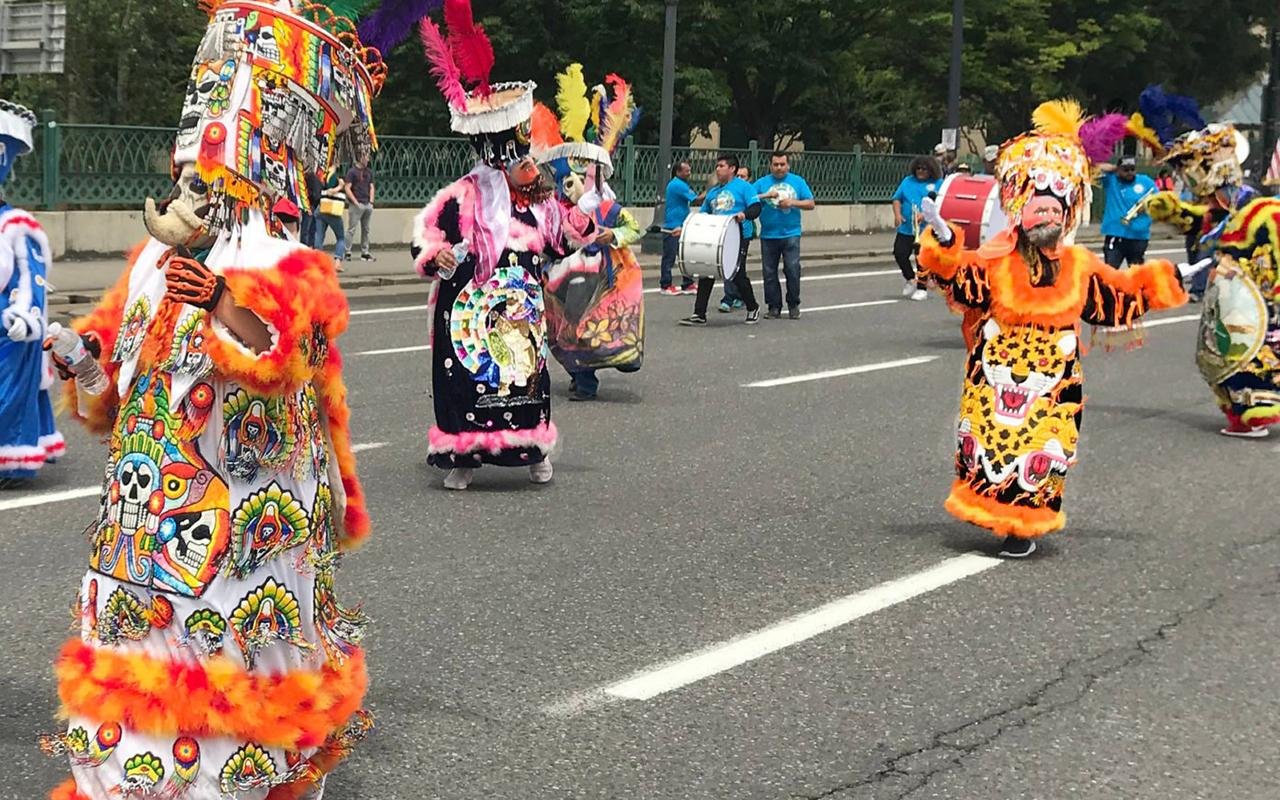Researchers led by Nathan Nakatsuka from the Department of Genetics at Harvard Medical School challenge established theories about the migration patterns and linguistic diversity of ancient populations in California, according to Live Science.
The findings, published in the journal Nature, illuminate the migration of native Mexicans to California more than 5,000 years ago and propose a reconsideration of the spread of Uto-Aztecan languages, such as Nahuatl (spoken by Aztecs and Toltecs), Hopi, and Shoshoni.
 Ancient DNA reveals early migration of indigenous Mexicans to California 5,200 years ago. Credit: Alan / Flickr / CC BY-NC-ND 2.0
Ancient DNA reveals early migration of indigenous Mexicans to California 5,200 years ago. Credit: Alan / Flickr / CC BY-NC-ND 2.0
The research involved the analysis of ancient DNA extracted from the teeth and bones of 79 individuals discovered in archaeological sites in central and southern California. These remains, spanning from 7,400 to 200 years ago, provided critical information about the genetic makeup of ancient populations in the region. Additionally, DNA from 40 individuals in northwestern and central northern Mexico, dated between 2,900 and 500 years ago, was examined to trace the migratory paths.
Contrary to the prevailing belief that Uto-Aztecan languages, including Nahuatl (spoken by Aztecs and Toltecs), Hopi, and Shoshoni, were introduced by migrants along with maize farming technologies, the study proposes a different narrative.
The genetic comparisons unveiled a migration of indigenous Mexicans from northern Mexico to southern and central California approximately 5,200 years ago, challenging the notion that the spread of maize farming around 4,300 years ago led to the dissemination of these languages.
Nakatsuka emphasized the importance of understanding the timing and location of this migration to unravel the complexities of the Uto-Aztecan migration. This revelation not only questions the conventional timeline but also highlights the need for a nuanced understanding of the historical movements within the Americas.
The study contributes to the broader understanding of human migration within the Americas, which dates back tens of thousands of years. Nakatsuka and his team uncovered a migration within a specific region that was previously unknown, shedding light on the intricate patterns of movement among ancient populations.
Notably, the researchers identified common genetic traits among the ancient populations of California’s northern Channel Islands and the adjacent coast, as well as the Indigenous Chumash people. The genetic makeup of the Chumash individuals, who lived around 200 years ago, revealed shared ancestry, emphasizing the continuity of genetic heritage in the region.
The study also explored the linguistic diversity of the Uto-Aztecan language family, which spans from Shoshone in Idaho to Pipil in Costa Rica. By employing genetic clustering, the researchers found evidence for large-scale movement of genetic lineages characteristic of ancient and modern individuals from Northwest Mexico into both Southern and Central California around 5,200 years ago. This suggests a significant migration period from the south preceding the spread of maize agriculture.
Furthermore, the study dispelled past attempts to establish a connection between the Chumash people and Polynesian or Australasian genetic contributions. Despite some similarities in elements of Chumash tomolo canoe construction, the absence of Polynesian genes in ancient Californian and Northwest Mexican individuals refutes the notion of a connection with Hawaii.
Nakatsuka emphasized the involvement of Indigenous groups in the research from the beginning, ensuring their guidance and participation in shaping the questions addressed by the study.
More information: Nakatsuka N. et al, (2023). Genetic continuity and change among the Indigenous peoples of California, Nature. DOI: 10.1038/s41586-023-06771-5





